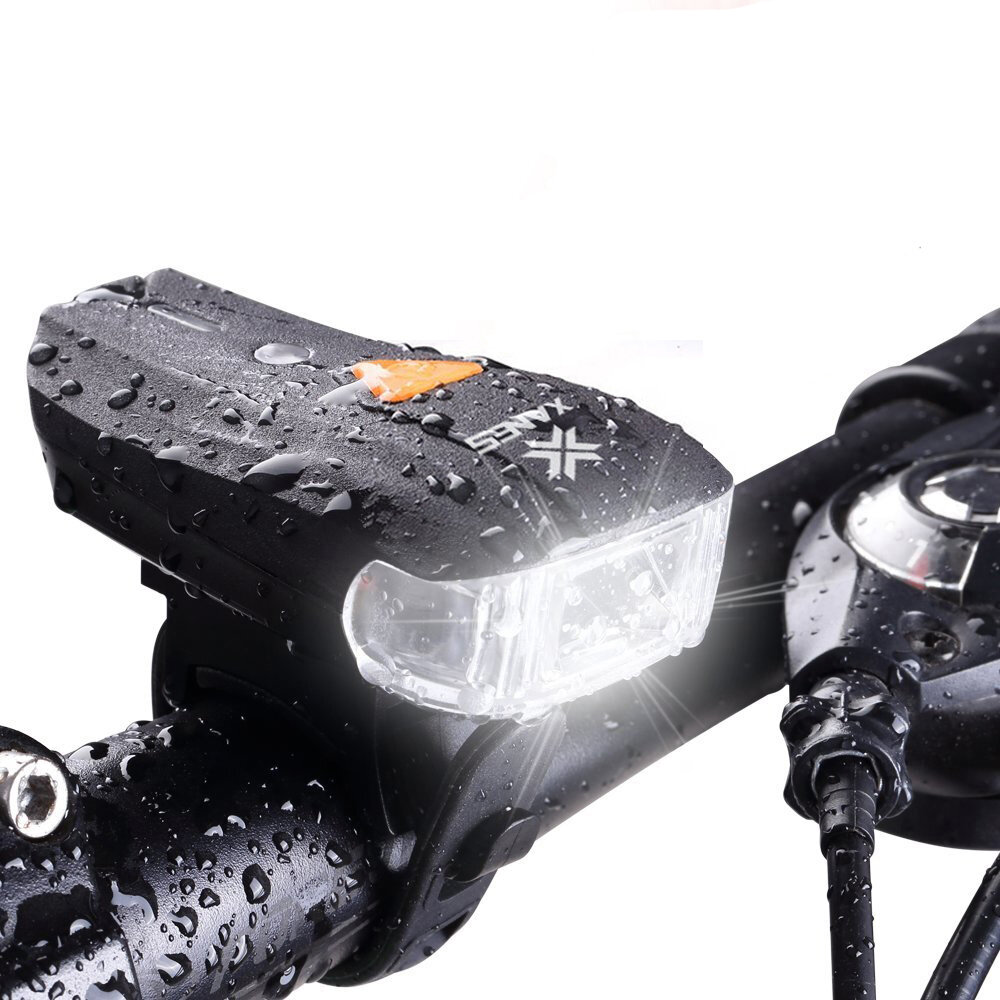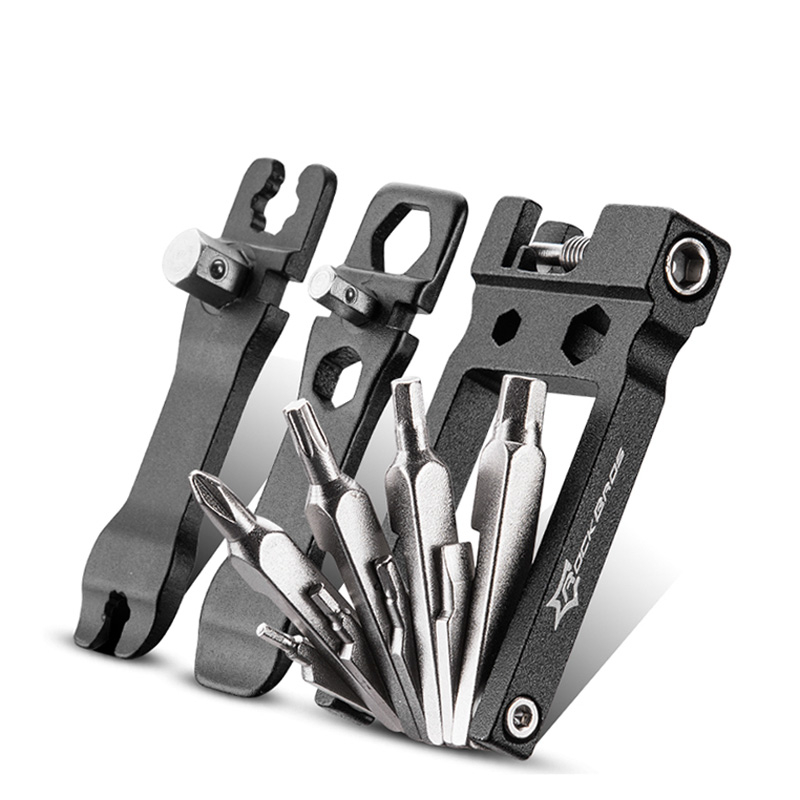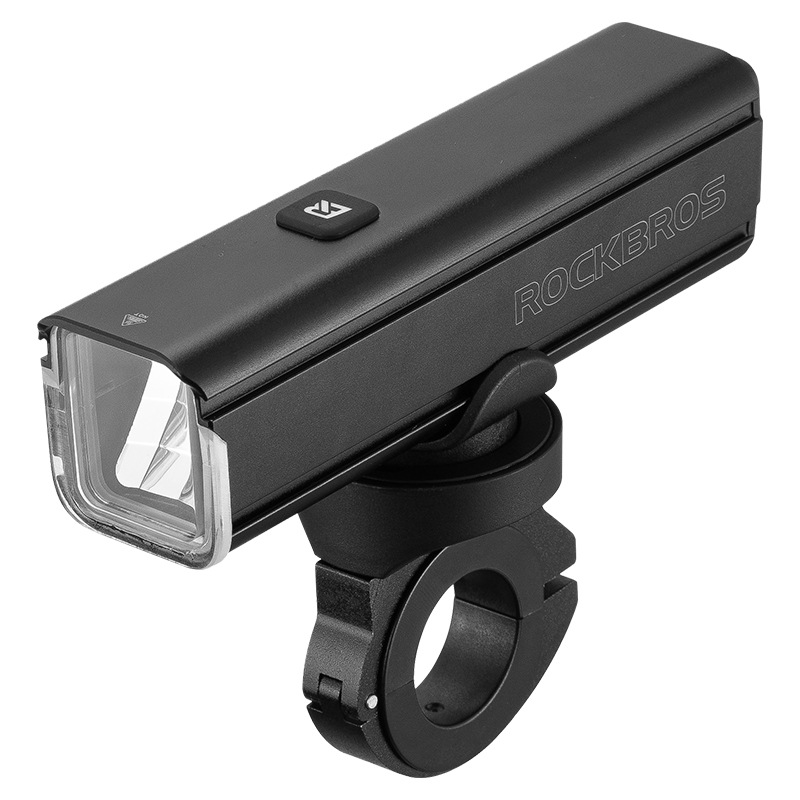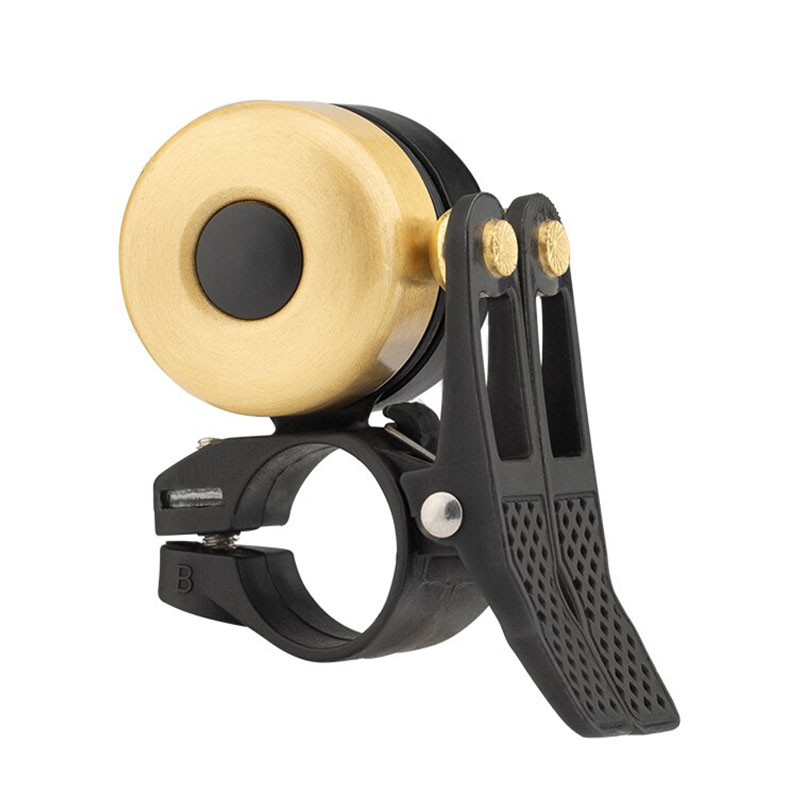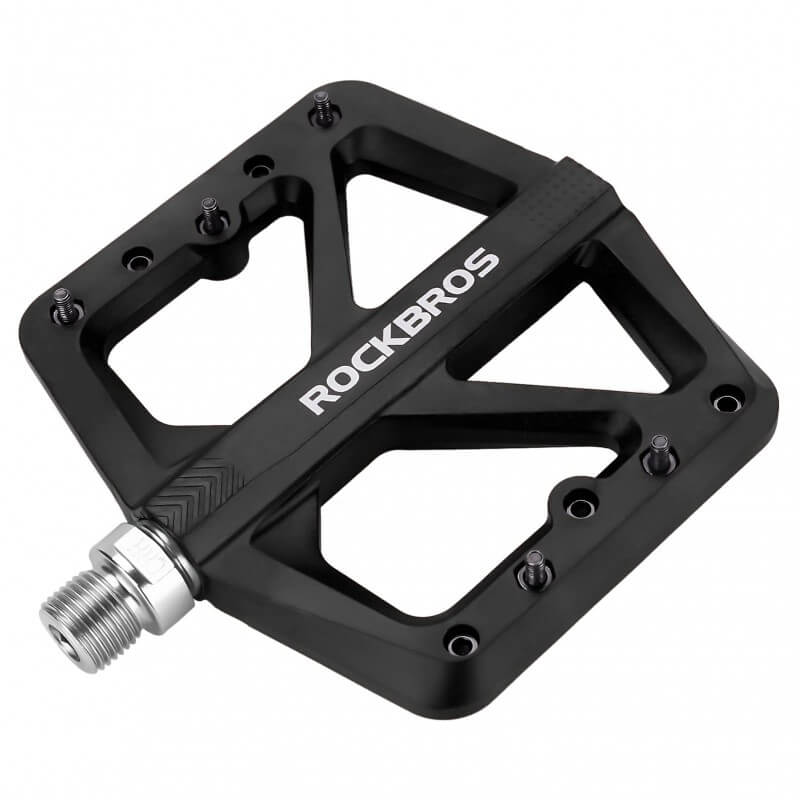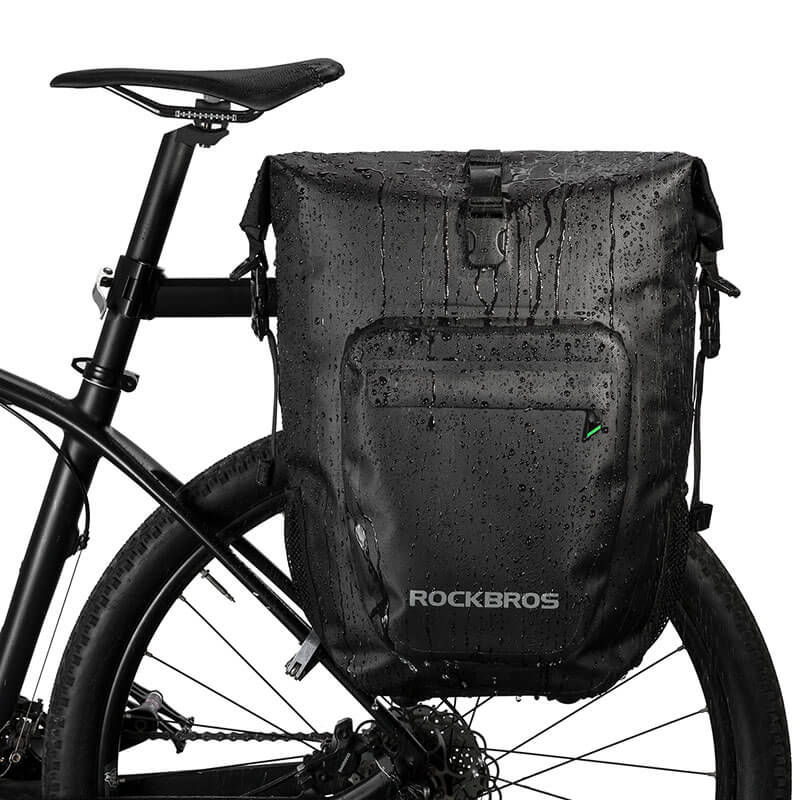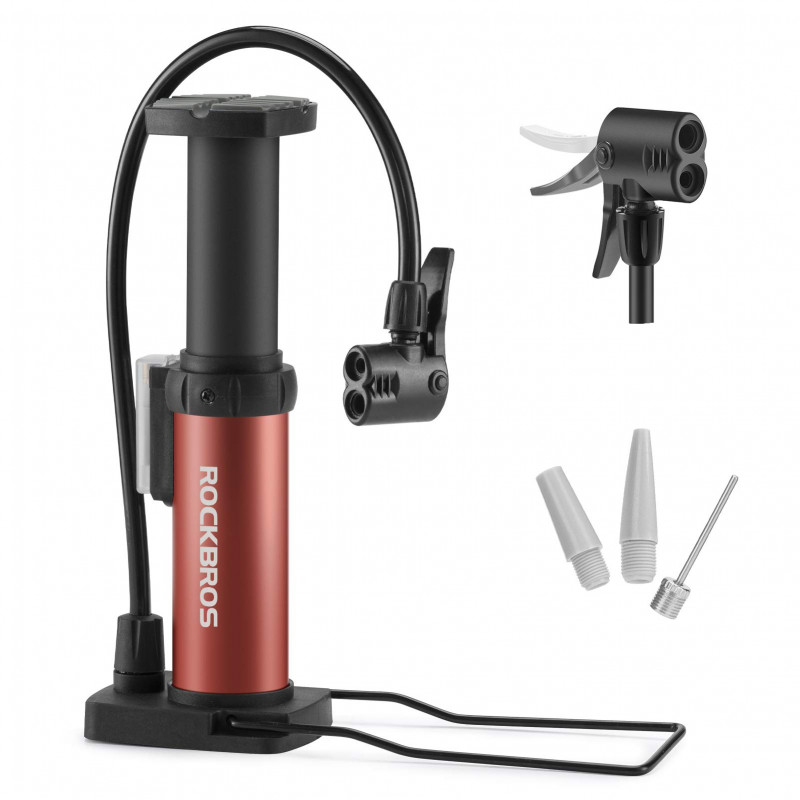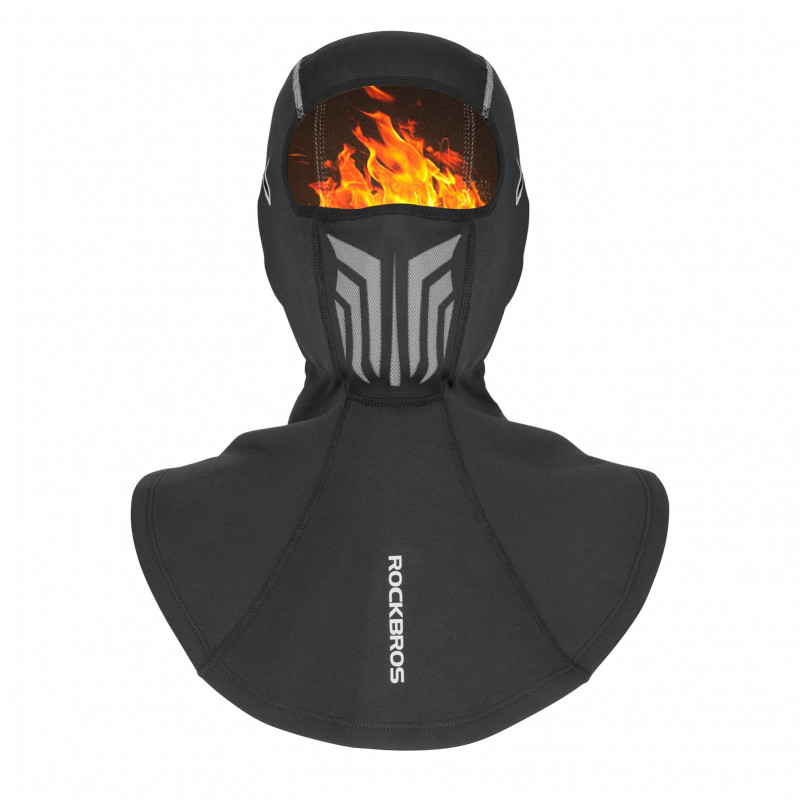Exploring the World of Mountain Bike Brakes: Disc vs. Rim Brakes

Introduction
Mountain biking is an exhilarating outdoor activity that combines adventure, endurance, and skill. Whether you're a casual rider or a seasoned pro, having reliable brakes is crucial for your safety and control. When it comes to mountain bike brakes, two popular options are disc brakes and rim brakes. In this article, we will dive into the world of mountain bike brakes, exploring the differences between disc and rim brakes, and helping you make an informed decision for your next biking adventure.
Understanding Mountain Bike Brakes
Before we delve into the specifics of disc and rim brakes, it's important to understand the significance of brakes in mountain biking. Brakes are an essential component of any bike, allowing riders to control their speed, navigate through challenging terrains, and come to a stop safely. In the world of mountain biking, where steep descents, technical trails, and unpredictable conditions are the norm, having reliable brakes can make all the difference.
Rim Brakes: Traditional and Relaiable
Rim brakes have been the go-to option for mountain bikes for many years. They consist of brake pads that make direct contact with the sides of the wheel rims, creating friction and slowing down the bike. Rim brakes are usually operated by pulling a lever on the handlebars, which activates a cable connected to the brake calipers.
How Rim Brakes Work
When you apply the brake lever, the cable tightens, causing the brake pads to squeeze against the rims. This friction generates the stopping power needed to slow down or bring the bike to a complete stop. Rim brakes are known for their simplicity, reliability, and ease of maintenance.
Pros and cons of rim brakes
Rim brakes offer several advantages. They are lightweight, affordable, and easy to replace. Additionally, rim brakes have been widely used for many years, making them a familiar choice for both riders and bike mechanics. However, they do have some limitations. Rim brakes are less effective in wet or muddy conditions since water and debris can impair their braking performance. They also tend to wear down the wheel rims over time, requiring periodic maintenance and potential rim replacements.
Disc Brakes: Modern and Efficient
Disc brakes have gained popularity in the world of mountain biking, thanks to their superior stopping power and consistent performance. Unlike rim brakes, disc brakes use a rotor attached to the wheel hub and calipers located near the rotor. When you squeeze the brake lever, hydraulic fluid or a cable activates the calipers, which then apply pressure to the rotor, slowing down the bike.
How Disc Brakes Work
Disc brakes operate on the principle of hydraulic or cable-actuated force. Hydraulic disc brakes use a closed system filled with hydraulic fluid, which amplifies the force applied by the rider, resulting in powerful braking. On the other hand, cable-actuated disc brakes use a cable mechanism similar to rim brakes, but the cable pulls the calipers together against the rotor instead of squeezing the rims.
Pros and Cons of Disc Brakes
Disc brakes offer several advantages over rim brakes. One of the main advantages is their consistent performance in various conditions. They provide reliable braking power even in wet, muddy, or dusty terrains, making them ideal for off-road adventures. Disc brakes also require less force to engage, offering more precise modulation and control. Additionally, they generate less wear on the wheel rims, resulting in increased durability and longevity.
However, disc brakes do have some drawbacks. They are generally more expensive than rim brakes, both in terms of initial purchase and maintenance. Hydraulic disc brakes, in particular, require occasional bleeding to maintain optimal performance. Furthermore, disc brakes are slightly heavier than rim brakes, although advancements in technology have significantly reduced this weight difference in recent years.
Key Differences Between Disc and Rim Brakes
To help you make an informed decision, let's explore the key differences between disc and rim brakes across different aspects.
Performance in different conditions
Disc brakes excel in challenging conditions such as wet or muddy trails. They provide consistent and reliable braking power, giving riders more confidence and control. Rim brakes, on the other hand, can be affected by water, dirt, or debris, leading to reduced braking efficiency.
Maintenance and durability
Rim brakes are relatively easy to maintain and service. Replacing brake pads and adjusting cable tension are straightforward tasks that can be done without specialized tools. Disc brakes, especially hydraulic ones, require occasional maintenance such as bleeding the brake lines and ensuring proper rotor alignment. However, they tend to have a longer lifespan and put less stress on the wheel rims compared to rim brakes.
Weight and aerodynamics
In terms of weight, rim brakes have a slight advantage as they are generally lighter than disc brakes. However, the weight difference has become less significant with advancements in disc brake technology. When it comes to aerodynamics, rim brakes have the edge since they have a sleeker profile without the added components of disc brakes.
Cost considerations
Rim brakes are the more affordable option, both in terms of initial purchase and maintenance. They have been around for a long time, making them readily available and less expensive. Disc brakes, especially hydraulic ones, are generally more expensive but offer superior performance and durability.
Factors to Consider When Choosing Mountain Bike Brakes
When deciding between disc and rim brakes for your mountain bike, there are a few factors to consider:
Riding style and terrain: If you frequently ride in wet, muddy, or technical terrains, disc brakes may be the better choice for their reliable performance. However, if you mainly ride on dry and less demanding trails, rim brakes can still be a reliable option.
Personal preferences: Some riders prefer the feel and modulation of disc brakes, while others appreciate the simplicity and familiarity of rim brakes. Consider your personal preferences and what matters most to you in terms of braking performance.
Budget constraints: Rim brakes are generally more budget-friendly, making them a suitable option for riders on a tighter budget. However, if you can afford the upfront cost and maintenance of disc brakes, they offer significant advantages in terms of performance and durability.
Conclusion
When it comes to mountain bike brakes, choosing between disc and rim brakes ultimately depends on your riding style, preferences, and budget. Disc brakes offer superior stopping power and consistent performance in various conditions, making them the preferred choice for many riders. However, rim brakes are still a reliable and affordable option, particularly for riders who primarily ride in dry conditions. Consider your specific needs and priorities to make an informed decision that enhances your biking experience.
FAQs
Q: Are disc brakes suitable for beginners?
A: Disc brakes can be suitable for beginners, depending on their riding preferences and the type of terrain they will be riding on. Disc brakes offer consistent and reliable stopping power, which can instill confidence in new riders. However, beginners should be aware that disc brakes may require occasional maintenance and adjustments. It's essential to understand the basics of brake maintenance or consult a professional bike mechanic when needed.
Q: Are rim brakes becoming obsolete in mountain biking?
A: While disc brakes have gained popularity in recent years, rim brakes are still widely used in mountain biking. Rim brakes offer simplicity, affordability, and ease of maintenance, making them a reliable choice for many riders. However, as technology advances, more bikes are being equipped with disc brakes, and they are becoming the preferred option for riders seeking optimal performance and braking power in challenging conditions.
Q: Can I upgrade my mountain bike from rim brakes to disc brakes?
A: In most cases, it is possible to upgrade a mountain bike from rim brakes to disc brakes. However, this upgrade may require specific frame and fork compatibility, as well as additional components such as new wheels, rotors, calipers, and brake levers. It's recommended to consult a professional bike shop or mechanic to assess the compatibility and feasibility of such an upgrade for your specific bike model.
Q: Do disc brakes require more maintenance than rim brakes?
A: Disc brakes, particularly hydraulic ones, may require slightly more maintenance than rim brakes. Hydraulic disc brakes may need occasional bleeding to ensure optimal performance, while cable-actuated disc brakes may require cable tension adjustments. Rim brakes, on the other hand, are relatively simple to maintain and service. Regular inspections, brake pad replacements, and wheel rim cleaning are common maintenance tasks for rim brakes.
Q: Which type of brake is better for downhill mountain biking?
A: For downhill mountain biking, where steep descents and high speeds are involved, disc brakes are generally considered the better option. Disc brakes provide superior stopping power, heat dissipation, and consistent performance in various conditions. The ability to modulate braking power precisely is crucial for downhill riders, and disc brakes offer better modulation compared to rim brakes. Their reliable performance in wet or muddy conditions is also advantageous for downhill riding.
